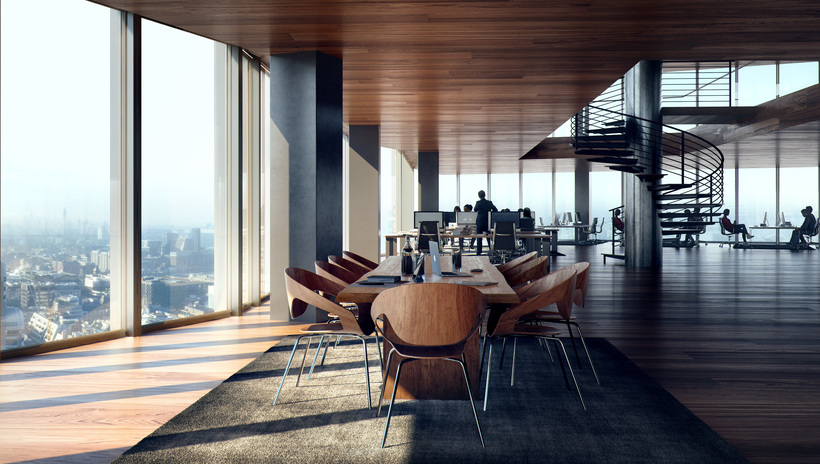A considered approach to office design could help employees become even more productive - so why are so many companies still getting it wrong?
Workplace designers have always struggled with delivering cost savings (making the most of the space) and generating value (making the most of the people). In its first product catalog in 1948 Herman Miller defined the ideal working environment as “a daytime living room that would be welcoming and humane , where the most important thing in the room is not the furniture, but it’s the people.” Yet in 1960, when Robert Probst became president of the company, he reflected that “today’s office is a wasteland. It saps vitality, blocks talent, frustrates accomplishment.”

